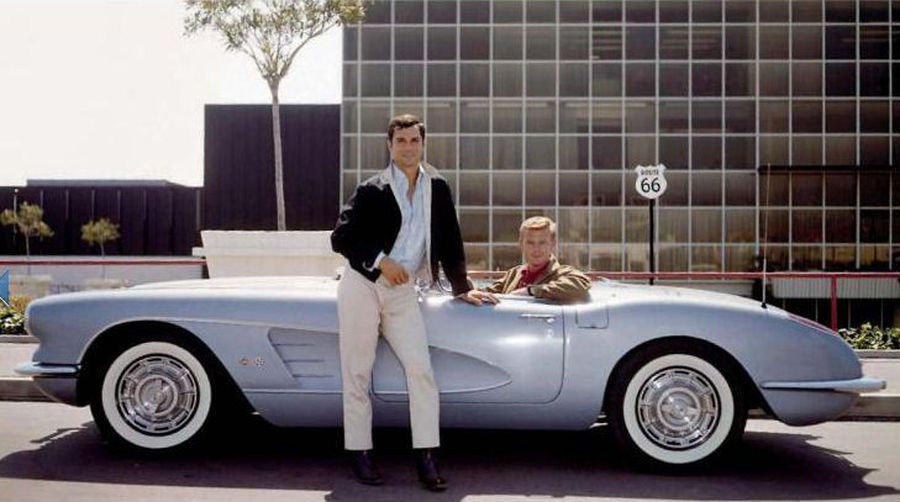
This is the first in a summer-long series of Thursday features showcasing TV shows from the past currently available on streaming services. Today’s choice has truly been ‘vetted: Route ’66, which originally ran on CBS in black and white from 1960 to 1964. The on-the-road anthology series starred a number of cool Corvette Stingray’s, as well as Martin Milner and George Maharis (above). The story below first ran in 2012 when Shout! Factory released a box set of the drama on DVD. Today the series can be watched on demand on Amazon Prime Video.
Maharis was 84 and full of pep when I spoke with him in 2012; he’s 91 now.
George Maharis rode Route 66 in search of fame and fortune. Instead it led straight to hell.
I spoke with the actor last week on the phone as he made himself available to promote the release of Route 66: The Complete Series, a 24 disc boxed set from Shout! Factory.
The Los Angeles-based actor, long retired from show business at 84, spoke candidly about his days on the black and white CBS anthology series, which ran from 1960 to ’64.
Maharis admits he was a virtual unknown before Route 66 began. “Marty [co-star Martin Milner, who had top billing] was much more established than I was. He started in movies as a child. I was fresh off Broadway.”
He was spotted in a play by producers Herbert B. Leonard and writer/producer Sterling Silliphant and was cast as an occasional guest star on their previous series, Naked City.
The word on Maharis has always been that he became a handful, that somewhere on the road to Detroit or Cleveland or Chicago or Buffalo or Miami or to any of the 40 States Route 66 traveled he went all Hollywood. The truth is Maharis contracted hepatitis during the second season and could no longer cope with the grueling road schedule. He took time off under doctors orders, ventured back for part of the third season but finally decided the series just wasn’t worth putting his life at risk. He could always get another show, he figured. Another kidney, not so easy.
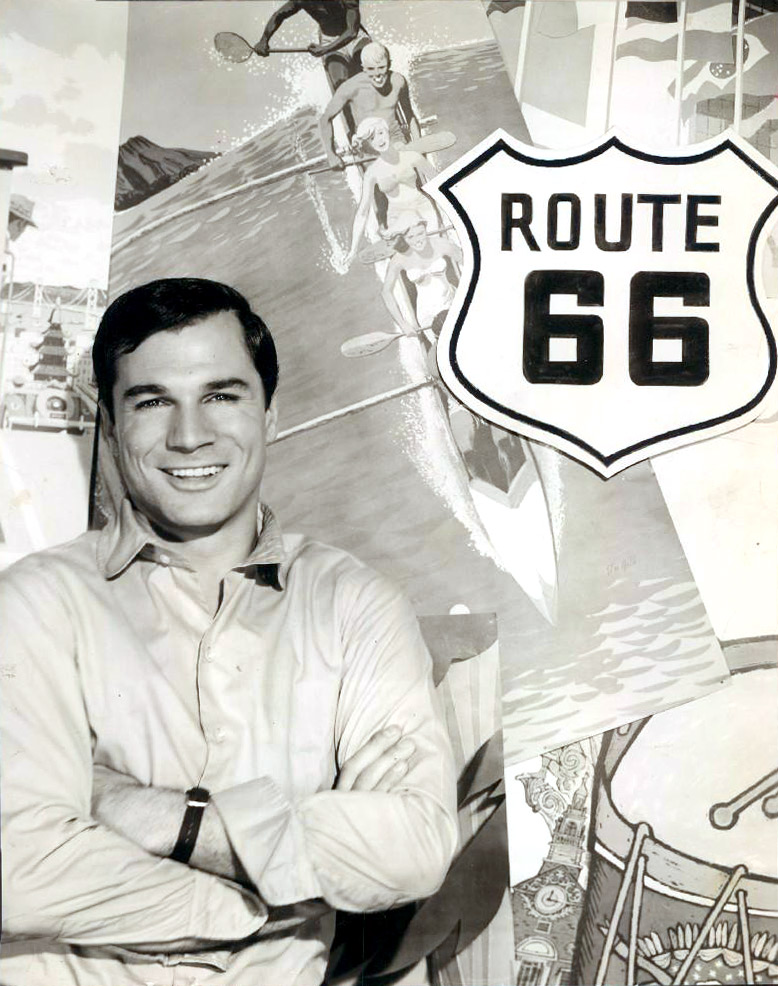
As we spoke, he did not get specific about his reputation during the series, but hinted that he did get sucked into the fame game. “I guess the best way to put it is, when you’re an young actor, you’re flying a Piper Cub, and all of a sudden they stick you in the cockpit of a 747 jet. You really can get killed quick because, all of a sudden, you’re in the fast lane.”
Maharis felt the producers never had his back when he got sick. “The mistake I made,” he says, “is that when you’re dealing with people on a higher level, you assume they are more honorable and trustworthy. I made the mistake of thinking that, as you went up the ladder, the morality got better.”
Stories spread that Maharis wanted out of the series to make movies. The head of CBS at the time, James Aubrey, told producer Leonard that Maharis was vital to the series and had to return. Maharis says he rushed back and had a relapse in St. Louis “and the doctors told me to go home or you’ll be dead.”
There were lawsuits and a settlement out of court. Route 66 was renewed for a fourth season with Glenn Corbett suddenly in the passenger seat next to Milner but it wasn’t the same. Ratings dropped without Maharis and the series ended.
Recently released medical documents from the time seem to vindicate Maharis’s version of events. “The culprit in all of this wasn’t ‘Bert, wasn’t Sterling, wasn’t James Aubrey, wasn’t George Maharis, it was hepatitis,” he says. “That changed everything.”
The chemistry between Maharis and Milner works on the series because they are so opposite. Maharis’ Buz was the edgier guy, the roughneck from the streets of New York. Milner’s Tod was the college kid driving his dad’s cool car.
The series is fascinating today as a moving social history of the United States. A true anthology, every episode is set in a different city with different guest stars, including up and comers Robert Redford, Burt Reynolds, Gene Hackman, James Caan and Martin Sheen. But it is the train stations, hotels and downtown street scenes that add a lost America, documentary feel to the series. It is a portrait of Mad Men America at mid-century, a cruise Don Draper could have made with Roger Sterling.
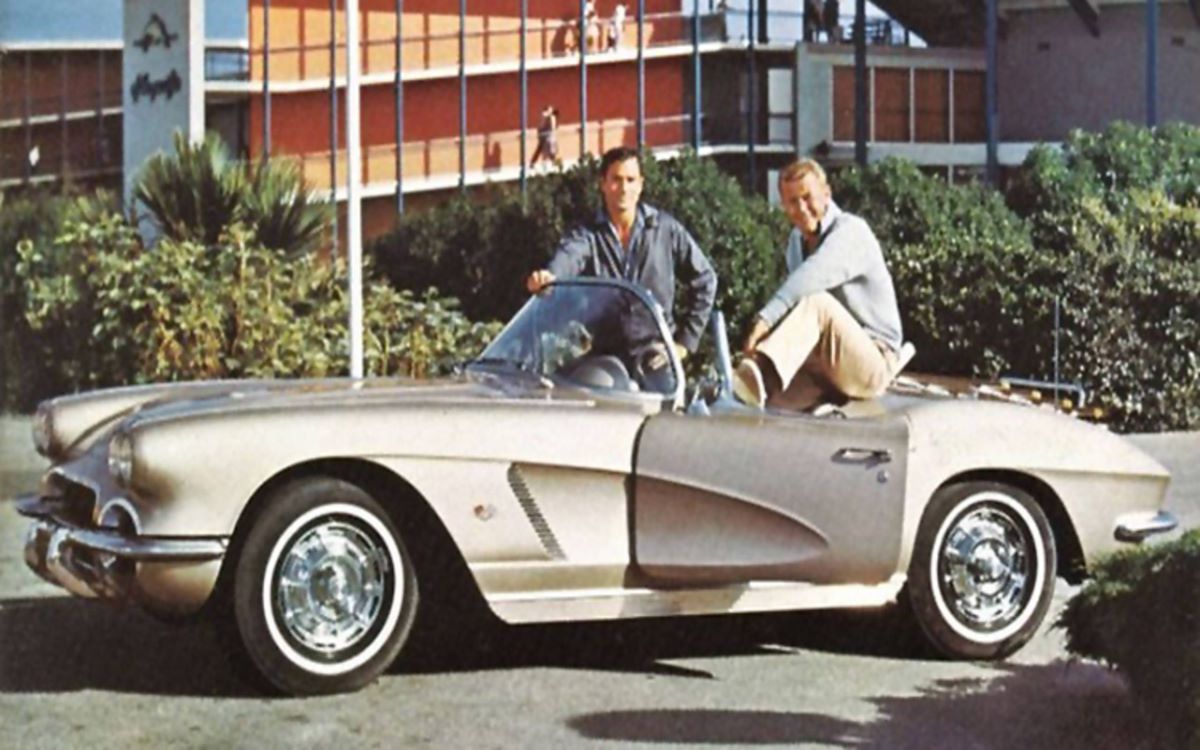
Maharis did have some fun shooting Route 66. He says meeting movie legends such as Buster Keaton, Boris Karloff, Peter Lorre and Lon Chaney, Jr., was a kick–although he was shocked at the language Lorre used on the set. “He swore up and down the line and the language that he used!” recalls Maharis. “I would never have suspected that.”
Karloff, Lorre and Chaney appeared together in ther third season episode “Lizard’s Leg and Owlet’s Wing.” Chaney really hams it up in full Wolfman gear. The appearance marked the last time Karloff wore his old Frankenstein’s monster makeup.
advertisement
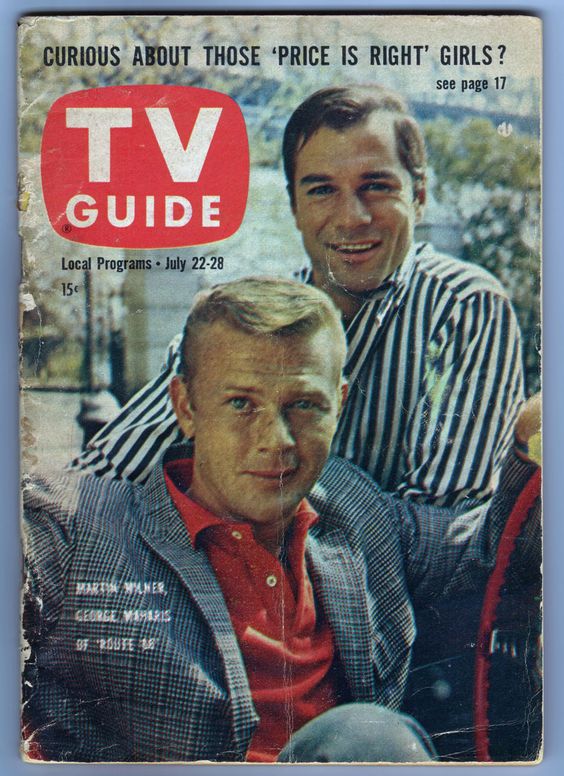
A fourth season episode, with Corbett not Maharis, was shot in Toronto and provides a fascinating glimpses at the city in 1963. The two men cross the border and head to Toronto to look for a “Mr. Bassett”; clearly a reference to then Toronto Telegram president John Bassett. There are scenes shot at the now demolished Inn on the Park hotel in Toronto as well as at Massey Hall and long-defunct Exhibition Stadium on the CNE grounds. Among that week’s co-stars: a young Jessica Walter, better known as Lucille Bluth on Arrested Development or the voice of Malory Archer on the animated FX series Archer.
Maharis had an older brother, Harold, practically a twin, who worked on the show behind the camera. Sometimes Harold would drive the Corvette to and from location shoots when the actors flew on ahead to do publicity work. Recalls Maharis, “He’d stop off someplace to eat, get the bill and the cashier would say, ‘That’s okay Mr. Maharis, it’s on the house.’ By the time I got to town there was nothing left!”
When George would confront Harold about it, the brother would say, “Well, I am Mr. Maharis…”




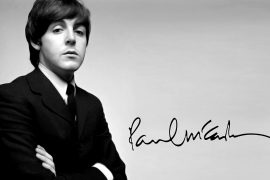
1 Comment
Interesting behind the scenes story; an illustration of how tough-&-tumble life in Hollywood can be. Enduring theme by Nelson Riddle.